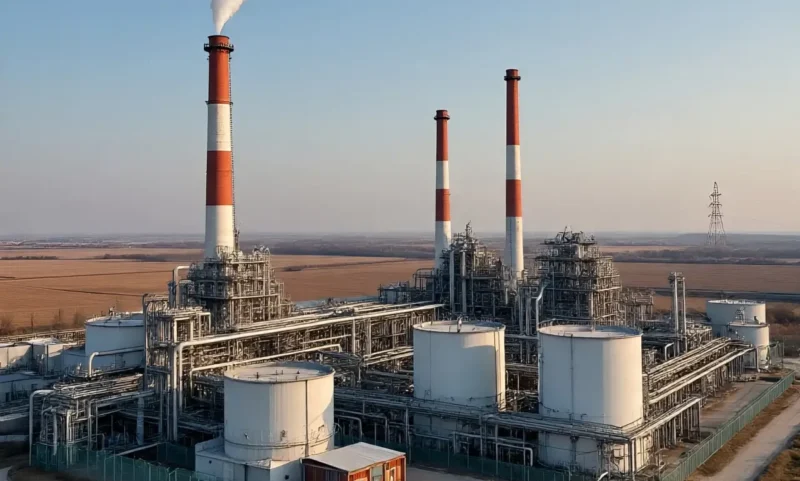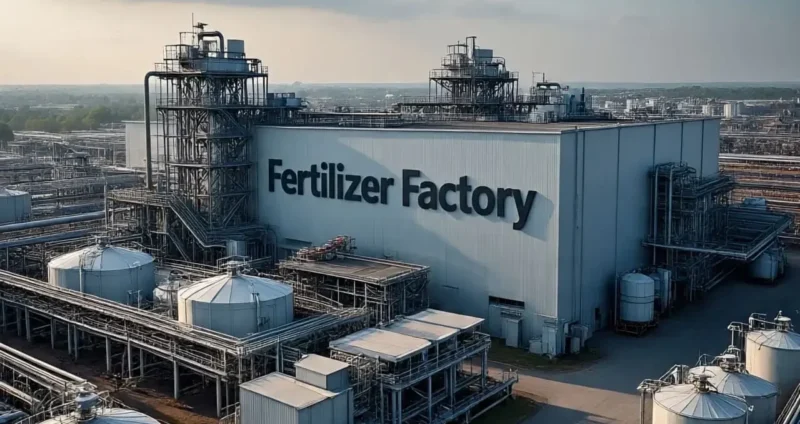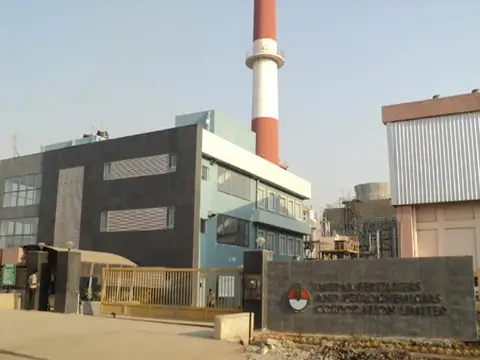The government’s subsidy expenditure for FY25 is set to surpass budgeted estimates due to higher-than-anticipated costs associated with food, fertilizers, and petroleum. In the current fiscal year, the government had initially allocated ₹3.8 lakh crore for major subsidies. However, multiple factors have pushed this figure upward, with the overall subsidy burden expected to reach approximately ₹4.1-4.2 lakh crore.
Key Drivers of Increased Subsidy Costs
- Higher MSP for Rabi Crops: The marketing season for 2025-26 saw an increase in the Minimum Support Price (MSP) for Rabi crops, adding pressure to food subsidy expenses. This adjustment alone is anticipated to inflate the overall subsidy expenditure by around 10% over the budgeted estimates.
- Rising Storage and Transportation Costs: Escalating costs of storage and transportation have further contributed to the ballooning subsidy burden.
- Fertilizer Subsidy Spike: The fertilizer subsidy is expected to exceed budgeted estimates by 9-10%. A stronger US dollar has increased the cost of importing fertilizers, necessitating additional government support to shield consumers from higher retail prices.
Projections for FY26
While the subsidy burden is projected to remain elevated in FY25, it is expected to moderate slightly in FY26, decreasing to around ₹4 lakh crore. This reduction will primarily be driven by rationalization efforts in food subsidies, which are anticipated to be contained within the range of ₹2-2.1 lakh crore.
In contrast, fertilizer subsidies are likely to stay relatively stable at approximately ₹1.7-1.8 lakh crore. The persistence of a strong US dollar and its impact on import costs will continue to necessitate government intervention in this sector.
Policy Implications
The elevated subsidy burden underscores the need for policy measures aimed at long-term sustainability. Enhanced efficiency in subsidy distribution, investment in domestic production capacities, and targeted reforms could help alleviate fiscal pressure while ensuring that essential support reaches the intended beneficiaries.
As FY26 approaches, the government’s efforts to strike a balance between fiscal prudence and socio-economic support will remain critical. Stakeholders across the food and fertilizer supply chains will need to adapt to evolving policies aimed at achieving this equilibrium.
Fore More DetailsFertilizer Subsidy





